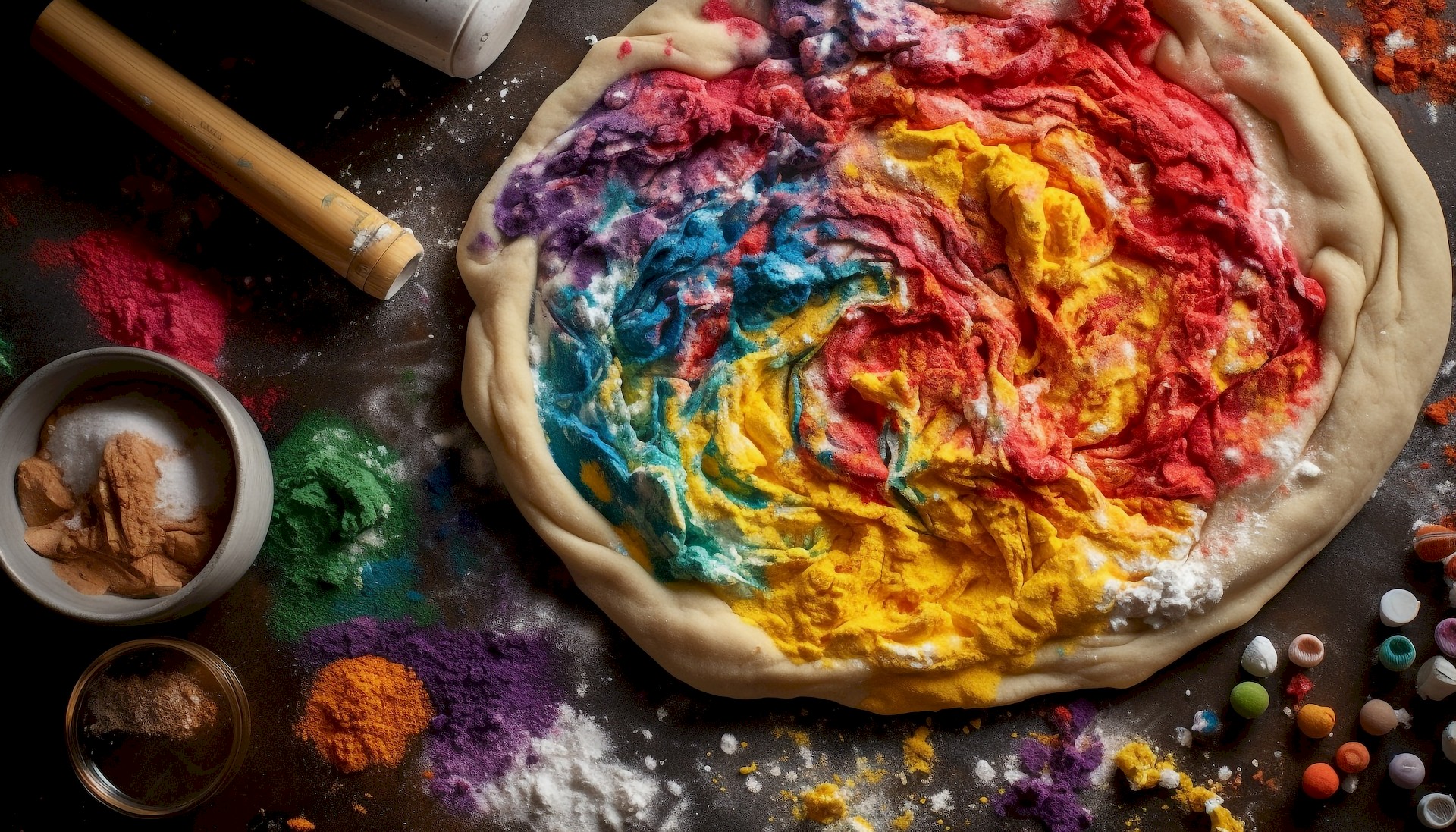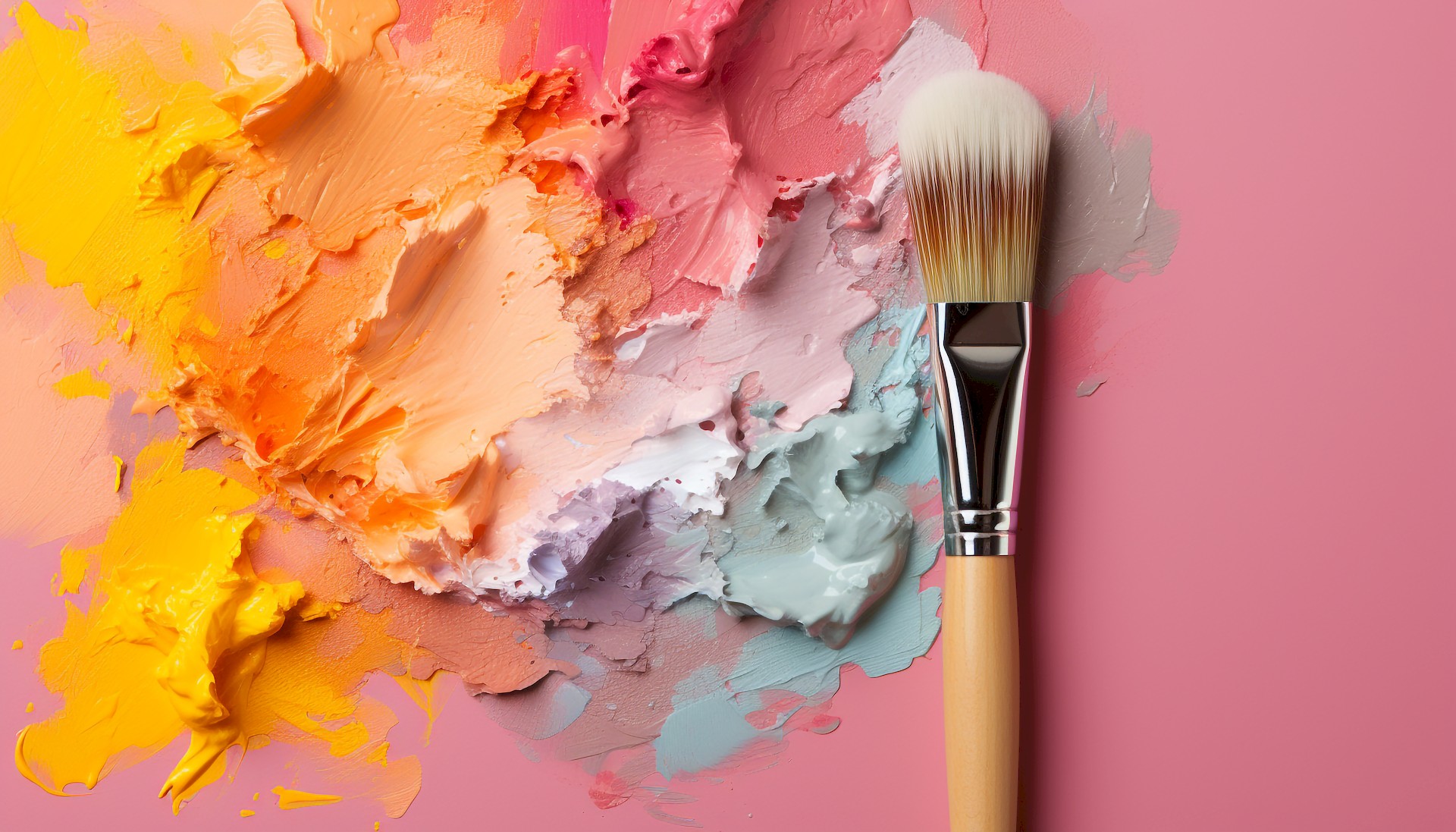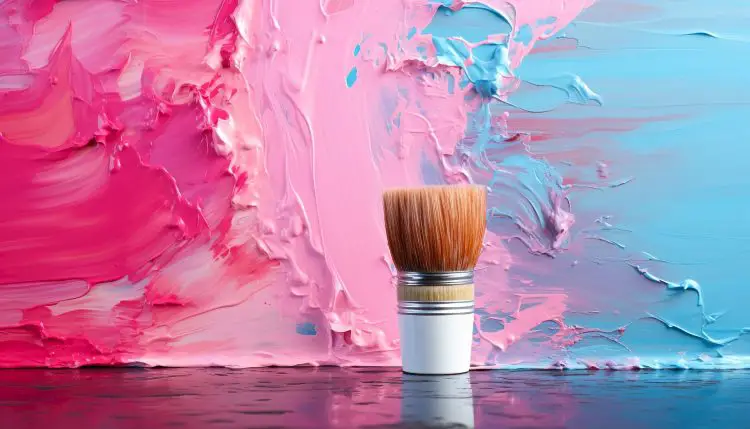So, you wonder How does AI generate images?
Artificial Intelligence (AI) has become a captivating force, showcasing its ability to generate awe-inspiring images that leave us in wonder. As of 2024, AI, a diverse field in computer science, has significantly progressed in the realm of art and image generation, effectively mimicking human creativity.
The journey of how does AI generate images is a fascinating exploration into various methodologies that illustrate the versatility and ingenuity embedded within artificial intelligence systems.

How does AI generate images?
To answer how does AI generate images, we must follow a multi-step approach.
At the forefront of image generation, Generative Adversarial Networks (GANs) stand out as a powerful deep learning algorithm. Comprising a generator and a discriminator, GANs work collaboratively to create and evaluate images. The generator generates new images, while the discriminator assesses their realism. Through iterative training, GANs enhance the generator’s ability to produce lifelike images, spanning faces, objects, and scenes. GANs have found applications in image-to-image translation, data augmentation, and style transfer.
Variational Autoencoders (VAEs) present another facet of AI’s image generation capabilities. Consisting of an encoder and a decoder, VAEs map input images to a lower-dimensional latent space and then reconstruct them. During training, VAEs minimize the difference between input and reconstructed images while learning a probabilistic distribution over the latent space. This distribution enables the generation of new images by sampling latent codes and passing them through the decoder network.
Convolutional Neural Networks (CNNs) offer a different approach, leveraging multiple layers to recognize patterns and structures within images. CNNs have been widely used for image processing, generating new images by learning from the training data’s features. This methodology, involving convolutional, pooling, and fully connected layers, allows CNNs to produce images similar to the training data or even images not present in the training set.
Recurrent Neural Networks (RNNs), designed for sequential data, prove adaptable for image generation. By capturing sequences of pixels in images, RNNs generate new sequences to create entirely new images. The recurrent connections within RNNs enable them to understand temporal dependencies in the data, providing another avenue for diverse image generation.
Image-to-image translation is a technique where neural networks are trained to convert input images into new images with desired attributes. This method is employed for tasks such as style transfer, image synthesis, and data augmentation. Text-to-image synthesis takes a textual description as input and generates an image accordingly, contributing to image generation, translation, and augmentation.
Style transfer involves transferring the style of one image to another, allowing the creation of novel images. Each of these techniques adds a layer of complexity to the answer of how AI generates images, showcasing the expansive capabilities of artificial intelligence in the realm of visual art.

Ethical dilemma of AI art
However, the magic of AI image generation comes with its own set of ethical concerns. Bias in algorithms, stemming from the datasets used for training, can perpetuate harmful stereotypes and marginalize vulnerable groups. Copyright and authorship become thorny issues, raising questions about compensating artists whose styles are mimicked and determining credit for AI-generated creations.
Additionally, the rise of hyper-realistic AI-generated images blurs the lines between truth and fiction, contributing to the proliferation of deepfakes and manipulated narratives that can erode trust in media.
The impact on human creativity is another facet that demands careful consideration. Will AI replace artists or spark new forms of collaboration, enhancing human imagination with digital brushstrokes? These ethical dilemmas necessitate open dialogue, robust regulations, and responsible development to ensure that AI image generation contributes positively to the intersection of art, technology, and society.
Only through thoughtful consideration can AI paint a brighter future for the world of art but at least you know how does AI generate images thanks to this writing now.
Featured image credit: Vecstock/Freepik.





